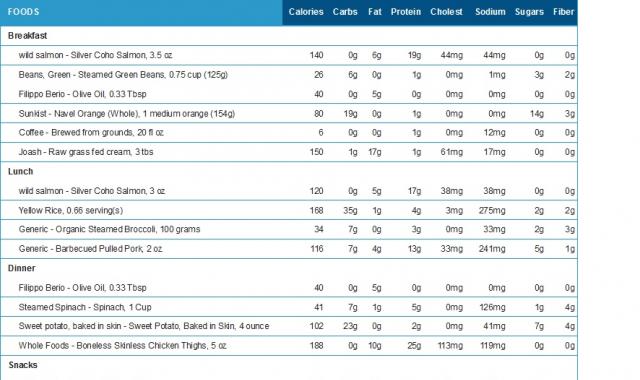
In today’s world of information overload when I’m looking for answers I want it now, straight to the point and preferably bulleted. Time is valuable and there’s a lot to accomplish on a daily basis.
Simplicity rules supreme in dealing with our nutrition also. To refresh – in Part 1 we talked about the basics of nutrition and how to find the right lifestyle for you so that it can be sustainable. In Part 2 we discussed the caloric needs based on ones’ goal to lose, gain or maintain along with the ideal protein sources and amounts.
Now we look to putting it all together. . .
It is highly recommended that you track in My Fitness Pal for the first 4-8 weeks. Why? Well for starters if you track what you are currently eating before beginning a program it is very telling in seeing what is and is not working. We now know what to change and how to fix it. We give general recommendations/guidelines to start and adjust as we proceed based on the progress or lack thereof.
If you hit your calorie and protein requirements for the day you don’t need to overly concern yourself with the amounts of carbs and fat. Unless you are avoiding one like the plague (which you should not, as a hard training athlete do) they should balance themselves out.
Carbs and fats are both energy sources; eat too many and they lead to fat gain, eat too little and you have no energy. Is one better than the other? Depends on your activity level and to a degree your genetics. If you are a hard training athlete performing weight training and sprinting i.e. CrossFit on a regular basis you need both. If you are a sedentary, overweight diabetic whose main source of exercise is flipping channels you need primarily fat as opposed to carbohydrates.
For the purpose of this article we are going to focus on the consistent exercising individual who needs both in moderation.
We do however want them coming from the best sources. For carbohydrates stay away from processed white flour products which include but are not limited to breads, crackers, pancakes, cookies, candies, cakes etc. Use them as an occasional indulgence once you have reached your maintenance level. Eat all the veggies you want and have reasonable portions of starchy carbs such as potatoes (sweet or white), white rice, yuca, plantains and quinoa preferably post workout or at least on workout days.
When it comes to fats avoid trans and hydrogenated fats, corn, soy, canola, peanut, safflower and other refined vegetable oils. Good vegetable fats include avocado and olive oil; use those without heat or cooking at a very low temperature. For cooking use butter from grass fed cows, ghee, coconut oil, rendered lard or tallow from pastured animals or chicken and duck fat from pastured fowl. If you tolerate dairy keep it full fat and raw.
No matter the quality the quantities must still be kept in check. While it is really difficult to overeat broccoli it’s very easy to overdo the fat and carbs.
I did say simple, right? To summarize :
- Keep track of your daily intake for 4-8 weeks
- Keep your calories consistent and in line with your goals
- Meet your daily protein needs
- Eat a balance of healthy fats and carbohydrates to support activity but not added body fat
In closing remember that your nutritional lifestyle must be one that you can maintain year round. While at times, a restricted intake can be sustained for a short period in preparing for a competition or class reunion that is not realistic to maintain long term.
The general goals for the majority of people we meet and train are better performance, health and body composition which fortunately can realistically be achieved and sustained without feeling deprived.
